As a top real estate and sales elite coach, I’ve observed numerous professionals grapple with the concepts of ‘leads’ and ‘nurtures.’ Understanding these can significantly influence your sales strategy and outcomes. Let’s dive into the intricacies of these terms and clarify their distinct roles within the sales process.
𝐓𝐡𝐞 𝐆𝐞𝐧𝐞𝐬𝐢𝐬 𝐨𝐟 𝐋𝐞𝐚𝐝𝐬 𝐚𝐧𝐝 𝐏𝐫𝐨𝐬𝐩𝐞𝐜𝐭𝐬
The journey begins at the initial phase where potential leads and nurtures emerge. Imagine someone browsing online for a product or service. Does this action alone qualify them as a lead? The answer is NO. At this stage, they might not even be a nurture—someone you actively engage with information and follow-ups. Simply put, initial interest does not equate to immediate sales potential.
𝐓𝐡𝐞 𝐀𝐩𝐩𝐨𝐢𝐧𝐭𝐦𝐞𝐧𝐭 𝐌𝐢𝐬𝐜𝐨𝐧𝐜𝐞𝐩𝐭𝐢𝐨𝐧
Moving forward, securing an appointment with a prospect is often misconceived as converting them into a lead. However, an appointment signifies the nurture’s willingness to learn more, not necessarily to purchase. It is a crucial step, but not definitive of a lead. Post-appointment, if the nurture shows continued interest and engages with the sales process, only then can they be considered a true lead, ready to move towards a transaction.
𝐓𝐡𝐞 𝐅𝐨𝐮𝐫 𝐒𝐭𝐚𝐠𝐞𝐬 𝐨𝐟 𝐐𝐮𝐚𝐥𝐢𝐟𝐲𝐢𝐧𝐠 𝐍𝐮𝐫𝐭𝐮𝐫𝐞 𝐕𝐬 𝐋𝐞𝐚𝐝𝐬
To effectively manage your sales pipeline, it’s vital to recognize the four stages:
1. 𝑻𝒉𝒆 𝑶𝒑𝒆𝒏𝒊𝒏𝒈 𝑺𝒕𝒂𝒈𝒆: This is where the initial contact is made. The focus is on opening a dialogue and identifying potential interest.
2. 𝑻𝒉𝒆 𝑰𝒏𝒇𝒐𝒓𝒎𝒂𝒕𝒊𝒐𝒏 𝑺𝒕𝒂𝒈𝒆: At this point, the nurture is gathering more information. Your role is to educate them about your offering and understand their needs.
3. 𝑻𝒉𝒆 𝑨𝒑𝒑𝒐𝒊𝒏𝒕𝒎𝒆𝒏𝒕 𝑺𝒕𝒂𝒈𝒆: Here, you present your value proposition tailored to the nurture’s specific requirements.
4. 𝑻𝒉𝒆 𝑪𝒍𝒐𝒔𝒊𝒏𝒈 𝑺𝒕𝒂𝒈𝒆: The final phase where discussions about becoming a client happens. A genuine lead reaches this stage, showing readiness to start the process and move to sales.
𝐋𝐞𝐚𝐝 𝐯𝐬. 𝐍𝐮𝐫𝐭𝐮𝐫𝐞
It’s crucial to differentiate between a lead and a nurture. During the first three stages, you are essentially dealing with Nurtures. They are gathering information and may still be deciding whether to proceed. These prospects are nurtured through consistent and relevant communication, but they should not be confused with leads.
A lead, in contrast, is someone who has moved beyond general interest and is actively engaging in the sales process with a higher likelihood of culminating in a sale. They are not just being nurtured; they are in the process of closing.
𝐂𝐨𝐧𝐜𝐥𝐮𝐬𝐢𝐨𝐧
In sales, particularly in high-stakes fields like real estate, understanding and identifying where your prospects stand in these stages is crucial. Recognizing the difference between nurturing a prospect and handling a lead can streamline your efforts, ensuring that you invest the right resources at the right time and maximize your chances of success.
By refining your approach to distinguish between nurtures and leads, you can enhance your strategic engagements and drive better sales outcomes. Let’s continue to adapt and lead in our ever-evolving markets.

